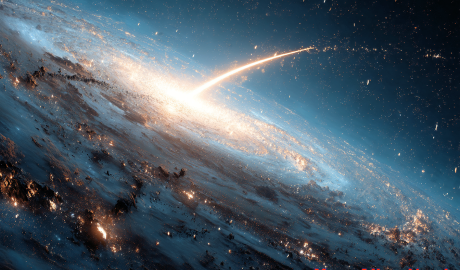Hypervelocity Stars: Nature’s Speed Demons or Alien Tools?
We often think of stars as stationary beacons, slowly wheeling across the sky over cosmic timescales. But not all stars play by the rules of calm celestial choreography. Some have been launched across the galaxy at unimaginable speeds—these are the hypervelocity stars. Discovered in 2005, hypervelocity stars (HVS) are stellarContinue Reading



